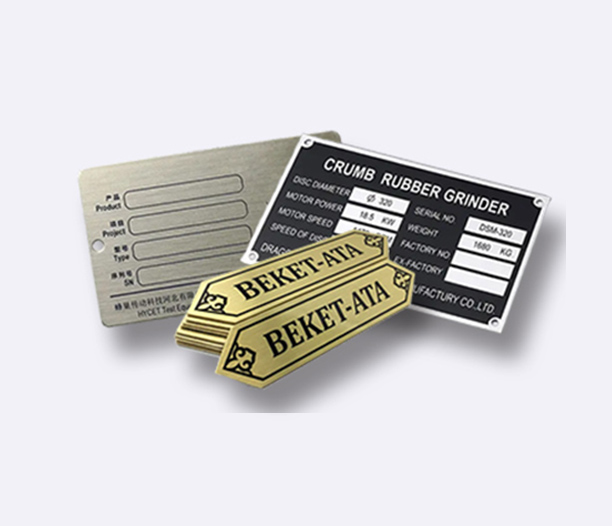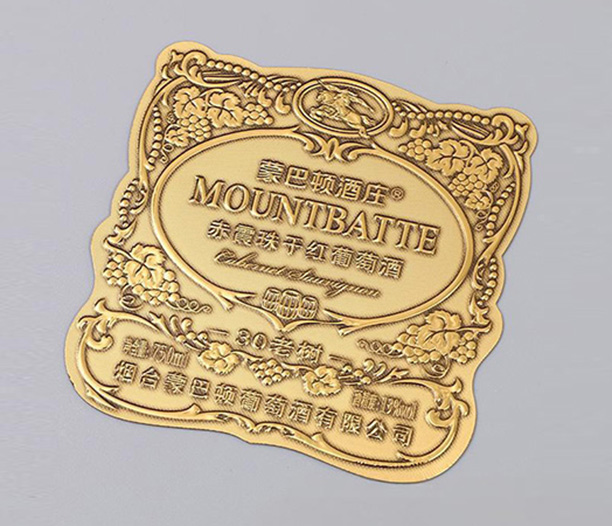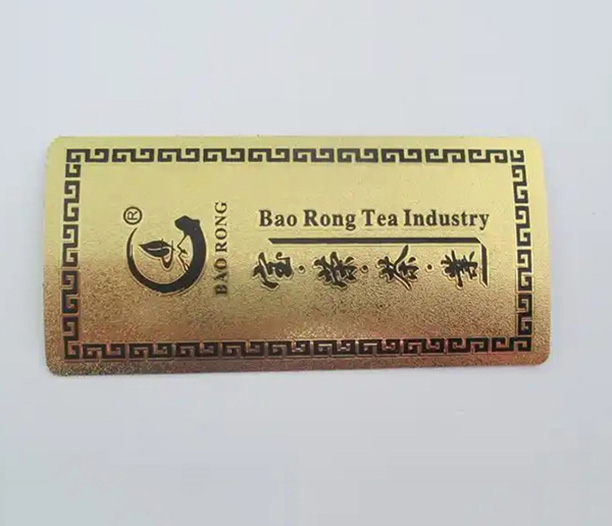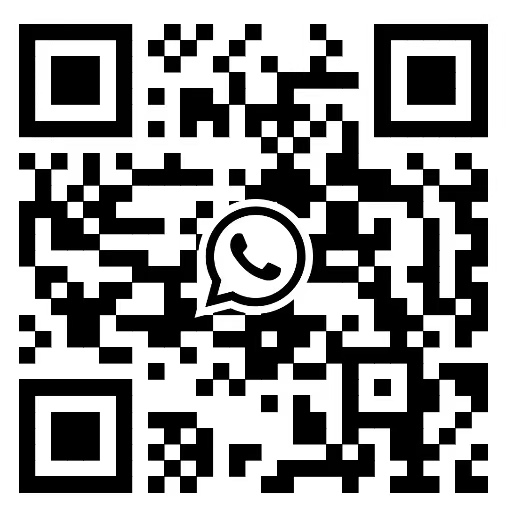In an increasingly digital world, the need for robust and long-lasting identification solutions has never been greater. QR Code Metal Tags represent a fusion of traditional durability with modern technology, offering a reliable way to store and access information in harsh environments. These tags are not just ordinary labels; they are engineered to withstand extreme conditions while maintaining the functionality of quick-response (QR) codes. This article delves into the intricacies of QR Code Metal Tags, exploring their composition, benefits, applications, manufacturing process, comparisons with alternatives, and common questions. By the end, you will understand why QR Code Metal Tags are becoming a go-to choice for industries requiring permanent and scannable identification.
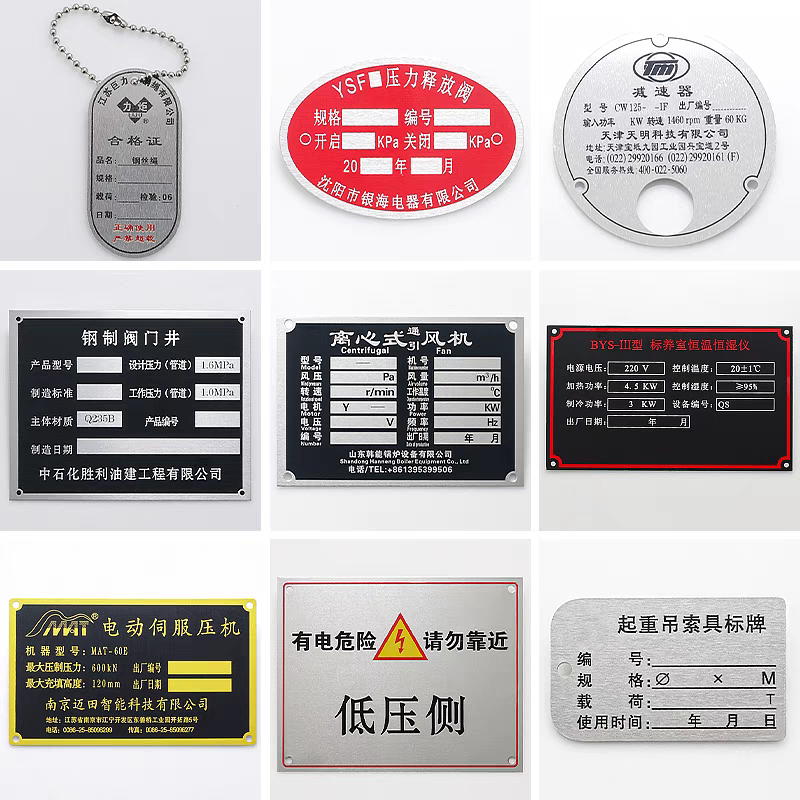
What Are QR Code Metal Tags?
QR Code Metal Tags are durable metal plates or labels that feature a QR code etched, engraved, or printed onto their surface. Unlike paper or plastic tags, these are made from materials like stainless steel, aluminum, or brass, which provide exceptional resistance to corrosion, heat, abrasion, and UV exposure. The QR code itself is a two-dimensional barcode that can store a variety of data, such as URLs, serial numbers, or maintenance records. When scanned with a smartphone or dedicated reader, it instantly retrieves the encoded information. This combination of metal's longevity and QR code's versatility makes QR Code Metal Tags ideal for applications where temporary labels would fail. For instance, in outdoor settings or industrial plants, QR Code Metal Tags ensure that critical data remains accessible for years, even decades. The tags can be customized in size, shape, and attachment method, such as holes for screws or adhesive backing, to suit specific needs. Essentially, QR Code Metal Tags bridge the gap between physical durability and digital convenience, offering a sustainable solution for asset tracking, safety labeling, and more.
The technology behind QR Code Metal Tags involves precise manufacturing to ensure the QR code remains scannable despite environmental challenges. This includes using high-contrast finishes, such as laser etching on a brushed metal surface, to maintain readability. As businesses seek ways to reduce waste and improve efficiency, QR Code Metal Tags provide a reusable and eco-friendly alternative to disposable tags. Their rise in popularity reflects a broader trend toward integrating IoT (Internet of Things) with durable materials, making QR Code Metal Tags a key component in smart infrastructure projects.
Benefits of Using QR Code Metal Tags
The advantages of QR Code Metal Tags are numerous, stemming from their unique composition. First and foremost is durability. Made from metals like stainless steel, these tags can endure temperatures ranging from sub-zero conditions to high heat, resist chemicals, and avoid degradation from moisture or sunlight. This makes QR Code Metal Tags perfect for use in industries such as manufacturing, construction, and agriculture, where labels are exposed to harsh elements. Unlike plastic tags that may become brittle or paper tags that can tear, QR Code Metal Tags maintain their integrity, ensuring that the QR code remains functional over time.
Another significant benefit is the high scan reliability. The encoding process for QR Code Metal Tags often involves laser etching or dot peening, which creates a permanent contrast between the code and the metal background. This results in a high-resolution QR code that can be scanned quickly and accurately, even from a distance or in low-light conditions. For businesses, this translates to improved operational efficiency—workers can scan QR Code Metal Tags without delays, reducing downtime in maintenance or inventory checks. Additionally, QR Code Metal Tags support a large data capacity; a single tag can hold up to several kilobytes of information, which can be updated remotely via linked databases. This dynamic capability allows for real-time data access, making QR Code Metal Tags a smart choice for asset management systems.
Security is also a key advantage. QR Code Metal Tags are difficult to tamper with or counterfeit due to their metal construction. They can be serialized or paired with encryption, enhancing traceability and preventing fraud. In sectors like aerospace or defense, where authenticity is critical, QR Code Metal Tags provide a trustworthy identification method. Moreover, these tags are environmentally friendly. Metal is recyclable, and since QR Code Metal Tags have a long lifespan, they reduce the need for frequent replacements, lowering overall waste. Cost-effectiveness over the long term is another perk; while the initial investment in QR Code Metal Tags might be higher than disposable tags, their longevity leads to savings on maintenance and replacement costs. Overall, the benefits of QR Code Metal Tags make them a superior option for any application requiring resilient and intelligent labeling.
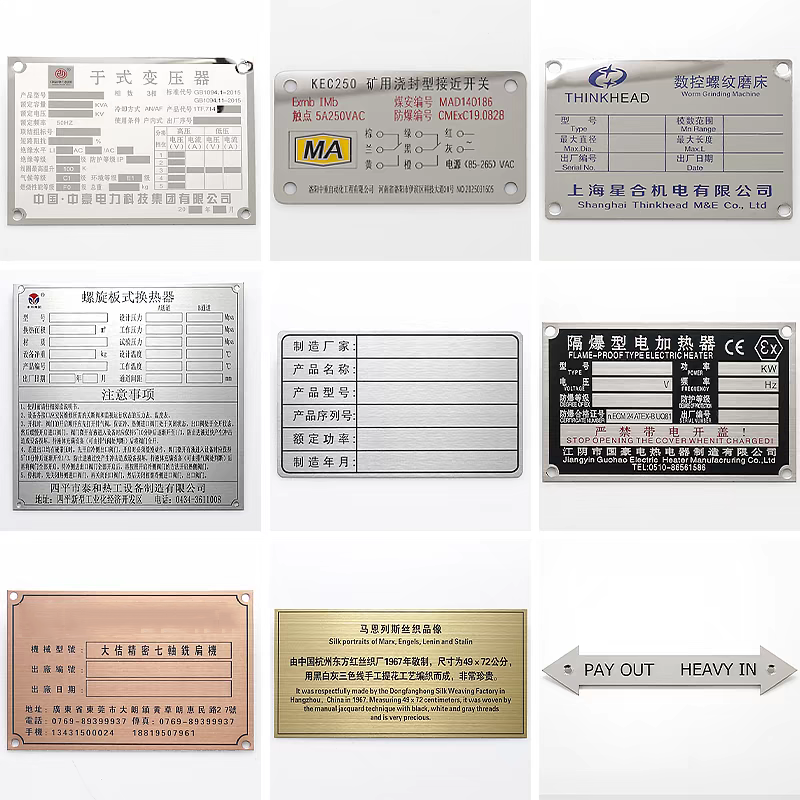
Applications of QR Code Metal Tags
QR Code Metal Tags find utility across a wide range of industries due to their robustness and versatility. In industrial settings, they are commonly used for asset tracking and management. For example, machinery, tools, and equipment can be labeled with QR Code Metal Tags to store maintenance histories, serial numbers, or operational manuals. Workers can scan the tags with mobile devices to access this information instantly, streamlining workflows and reducing errors. Similarly, in logistics and supply chain management, QR Code Metal Tags are attached to containers, pallets, or vehicles to monitor shipments in real time. Their durability ensures that tags survive rough handling and outdoor exposure, providing reliable data throughout the supply chain.
The construction industry also heavily relies on QR Code Metal Tags for safety and compliance. Tags can be affixed to structural components, such as beams or pipes, to document installation dates, safety inspections, or material specifications. This helps in maintaining regulatory standards and improving site safety. In agriculture, QR Code Metal Tags are used for tracking livestock or monitoring irrigation systems, where they withstand weather extremes and physical wear. Another growing application is in public infrastructure, such as bridges or railways, where QR Code Metal Tags serve as permanent markers for maintenance schedules or emergency information.
Moreover, QR Code Metal Tags are gaining traction in retail and hospitality for premium product labeling or wayfinding. For instance, high-value items like jewelry or electronics can feature QR Code Metal Tags for authentication and customer engagement. In smart cities, these tags are integrated into street furniture or historical plaques to provide tourists with interactive content. The healthcare sector uses QR Code Metal Tags for medical device tracking, ensuring sterility and compliance with standards. Essentially, any scenario that demands long-term, scannable identification can benefit from QR Code Metal Tags. Their adaptability to various environments underscores why they are becoming a standard in modern identification systems. As IoT evolves, the applications of QR Code Metal Tags are expected to expand further, incorporating features like NFC (Near Field Communication) for enhanced functionality.
The Manufacturing Process of QR Code Metal Tags
The production of QR Code Metal Tags involves several precise steps to ensure quality and durability. It begins with material selection, typically metals like 304 or 316 stainless steel, aluminum, or brass, chosen based on the intended environment. For example, stainless steel is preferred for corrosive conditions, while aluminum offers a lighter weight option. The metal is cut into the desired shape and size using methods like laser cutting or stamping. Surface preparation follows, which may include polishing, coating, or anodizing to enhance corrosion resistance and provide a base for the QR code.
Next, the QR code is applied using techniques such as laser etching, engraving, or printing. Laser etching is the most common method for QR Code Metal Tags, as it creates a permanent mark by removing a thin layer of the metal to form the code's pattern. This process ensures high contrast and readability, often followed by filling the etched areas with paint or epoxy for better visibility. Dot peening is another method, where a series of dots are indented into the metal to form the code, suitable for rough surfaces. For less demanding applications, UV printing or sublimation might be used, but etching is preferred for longevity in QR Code Metal Tags.
After the QR code is applied, quality control checks are performed to verify scanability. This includes testing the tag with various scanners under different lighting conditions. Additional features, such as protective coatings or sequential numbering, are added to enhance durability and traceability. Finally, the tags are packaged and shipped, ready for installation. The entire process emphasizes precision to ensure that each QR Code Metal Tag meets industry standards. Advances in manufacturing, such as automated laser systems, have made it possible to produce custom QR Code Metal Tags efficiently, even in large quantities. This attention to detail is what sets QR Code Metal Tags apart from inferior alternatives, guaranteeing they perform reliably in the field.
Comparing QR Code Metal Tags to Other Types of Tags
When evaluating identification solutions, it's important to compare QR Code Metal Tags with other common tags, such as plastic, paper, or ceramic ones. QR Code Metal Tags excel in durability compared to plastic tags, which can crack, fade, or melt under high temperatures. Paper tags are inexpensive but susceptible to moisture, tearing, and UV damage, making them unsuitable for long-term use. In contrast, QR Code Metal Tags offer a lifespan of 10+ years, even in abrasive environments, reducing replacement costs and downtime.
Scan reliability is another differentiator. While all QR codes can store similar data, the method of application affects readability. Plastic or paper tags might use inkjet printing, which can smudge or wear off, whereas QR Code Metal Tags with laser etching maintain sharp contrast indefinitely. This makes QR Code Metal Tags more reliable for critical applications like safety labeling or asset tracking. Cost-wise, QR Code Metal Tags have a higher upfront cost than disposable tags, but their longevity provides a better return on investment over time. For instance, in a manufacturing plant, frequent tag replacements due to wear can add up, but QR Code Metal Tags eliminate this issue.
Environmental impact is also a consideration. Metal tags are recyclable and generate less waste compared to single-use plastic tags, aligning with sustainability goals. However, QR Code Metal Tags may be heavier and require more effort to install, such as drilling for screws, whereas adhesive-backed plastic tags are easier to apply. Despite this, the benefits of QR Code Metal Tags often outweigh the drawbacks in demanding settings. In summary, while other tags have their place in short-term or indoor uses, QR Code Metal Tags are the superior choice for permanent, outdoor, or harsh environment applications. This comparison highlights why industries are increasingly adopting QR Code Metal Tags for reliable identification.
Common Questions About QR Code Metal Tags
As QR Code Metal Tags gain popularity, several questions arise regarding their use and capabilities. Here are some frequently asked questions to provide clarity.
How long do QR Code Metal Tags last?
QR Code Metal Tags are designed for longevity, typically lasting 10 to 20 years or more, depending on the metal and environment. Stainless steel tags, for example, can resist corrosion indefinitely in most conditions, ensuring the QR code remains scannable.
Can QR Code Metal Tags be customized?
Yes, QR Code Metal Tags are highly customizable. You can choose the metal type, size, shape, and attachment method. The QR code content can be tailored to link to specific databases or websites, and additional text or logos can be included alongside the code.
Are QR Code Metal Tags weatherproof?
Absolutely. QR Code Metal Tags are inherently weatherproof due to their metal construction. They can withstand rain, snow, UV exposure, and temperature fluctuations without degradation, making them ideal for outdoor use.
What is the cost range for QR Code Metal Tags?
Costs vary based on size, quantity, and customization. Generally, prices range from $5 to $50 per tag for small orders, with discounts for bulk purchases. While more expensive than plastic tags, the durability of QR Code Metal Tags offers long-term savings.
How do I install QR Code Metal Tags?
Installation methods include welding, screwing, or using adhesive backing. For permanent fixes, drilling holes for screws is common. It's important to ensure the surface is clean and the tag is securely attached to avoid movement that could affect scanning.
Can QR Code Metal Tags be used in high-temperature environments?
Yes, metals like stainless steel can endure temperatures up to 800°C (1472°F) without damage. However, the scanning capability might be affected if the tag becomes too hot to handle, so it's advisable to test in specific conditions.
Do QR Code Metal Tags require maintenance?
Minimal maintenance is needed. Occasional cleaning with a soft cloth to remove dirt or grime can help maintain scanability. Unlike other tags, QR Code Metal Tags do not need frequent replacements.
Are there size limitations for QR Code Metal Tags?
They can be made as small as a few millimeters or as large as a plaque, but very small tags might have reduced data capacity. Standard sizes are optimized for easy scanning, and manufacturers can advise on best practices.
These questions cover the basics, but for specific applications, consulting with a provider of QR Code Metal Tags is recommended to ensure optimal performance.
In conclusion, QR Code Metal Tags represent a significant advancement in identification technology, combining the resilience of metal with the efficiency of QR codes. From their durable construction to wide-ranging applications, they offer a reliable solution for modern challenges. As industries continue to prioritize sustainability and efficiency, QR Code Metal Tags are poised to play a crucial role in the future of digital labeling. Whether for asset management, safety, or tracking, investing in QR Code Metal Tags ensures long-term value and performance.



